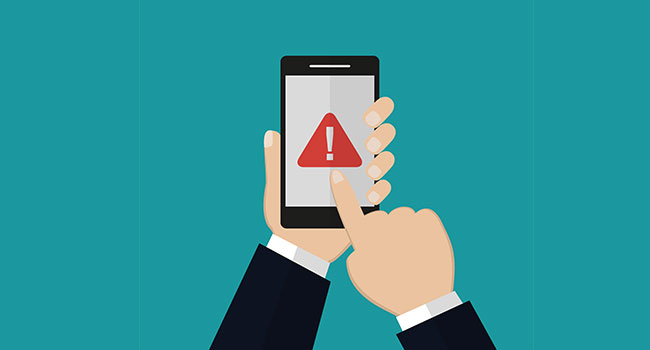The business and organizations must have a functional and adequately organized website to reach their audience. For online businesses, websites are a tool to create the first impression. Besides creating a comprehensive and well-constructed website, it is equally essential to have plagiarism-free content.
The website that has copied content loses its credibility to the readers. The content owner may take legal steps if they think that the case of copyright infringement is serious. If a website owner is creating new content for their website, they must take some steps so that their content does not get copied by others.
The first step to protect the website is to copyright the content. Though the website owners cannot copyright the ideas they are using, they can still stop the copy-pasting of the content present in their website.
Now, most countries have strict copyright laws to protect the ownership of an article, graphic, and others. A website can have content of their authorship, graphics, and photographs, and they can protect it using the copyright.
The copyright may help the original owner to stay away from any unwanted copying of the content. Since a website is a useful marketing tool to boost the business, the owners must be careful about copyright infringement.
If the website’s articles or content is not protected, anyone can copy those things and pass them off as their own. The website may not get back their content. This copied content may lead the customer to question the website’s credibility, and the search engines may remove their original content from the search results.
Thus, the website owner must try different ways to protect their website from copyright infringement. The website owner can check their content status from time to time by using a Copyright checker. It may help them to find any unauthorized use of their copyrighted content.
Registering the copyright:
The first and foremost thing the website owners can do is register their content for copyright. If the writings, paintings, graphics, and other such things are used in the website are original and create by the website owner, they can claim the copyright on their name. The domain name is not copyrightable in nature. If the website owner wants to copy HTML, they must make sure it is their property.
On occasions, these technical issues are controlled by a third party, and in that case, the website owner cannot copyright the HTML. For other original creative pieces like writings, graphics the owner can claim the copyright. The website owner can register for copyright online or on paper.
They need to fill-up the form with valid details about the content and the owner, submit the form fee and attach several copies of the articles they apply to register the copyright. The owner needs to submit the website’s physical copy as it appears to the visitors. The website owner may seek legal help before they register for the copyright.
Use of disclaimers:
When the website has the copyright, they can put the copyright sign with the owner’s name and the copyright date somewhere on the website. It informs the visitors that the articles are copyrighted. To ensure the visitors know the copyright, the website owner can put it in the disclaimer.
They may make it like a pop-up or a landing disclaimer where they mention the copyright act, punishments for copyright infringement, along with information about their copyrighted content.
They can also put the heading “original works of authorship” to notify the audience that the website’s articles are copyrighted. The owner is ready to seek legal actions for unauthorized copying of any content.
Using a cease and desist letter:
A cease and desist letter is commonly used to stop a party from doing something, which is also a warning for their future actions. If a website owner finds that some other websites or parties are using their content without permission, they first look for the particular content’s copyright.
If the content is copyrighted under the website owner’s name, they can prepare a cease and desist letter. In the letter, they must put the information about the unauthorized usage and copyright infringement.
The website owner must give a chance to the other party to explain themselves. The copyright owner must send the letter through a certified mail or return receipt. The party gets a time of 7days to explain themselves. If there is no response from their side, the copyright owner’s attorney may put an “injunction.”
In case the copyright owner decides to take the matter to court, this cease and desist letter can be very useful as the copyright owner can claim that they have warned the party and let them explain their action.
On the other hand, the students and researchers need to be careful as well. They must use a copyright checker tool to determine if they have mistakenly included any copyrighted content without noticing it. A plagiarism checker can help them produce plagiarism-free unique content.





